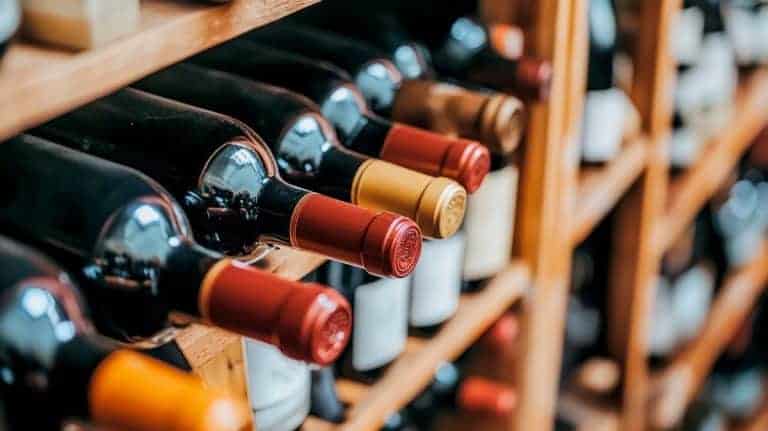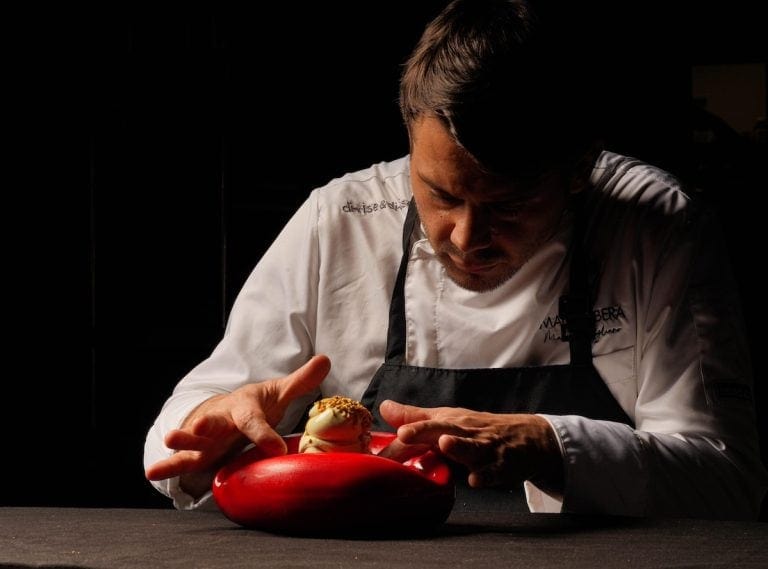Prosecco is the most purchased wine by Italians in supermarkets (43 million liters in 2023). It is followed by Chianti with over 16 million liters and Lambrusco with 15 million liters. This emerges from the preview of the Circana study for Vinitaly, which will be presented on April 15th in Verona at the round table organized by Veronafiere.
For all three denominations on the podium, however, there is a decrease in quantities sold compared to the previous year: -1.5% for sparkling wines (including the sparkling type) from the Triveneto region, -4.9% for Tuscan red, and -4.9% for Lambrusco. The rest of the ranking sees Montepulciano d'Abruzzo in fourth place with more than 13 million liters (+4%) and Vermentino with over 10 million liters (+2.3%).
Whites and rosés are gaining ground
However, if we look at the ranking of emerging wines, several surprises appear. The wines with the highest sales rate are, in fact, the Cerasuolo rosé from Abruzzo (+19%), the Sicilian Grillo (+12.2%), the Pecorino, produced in Marche and Abruzzo (+12%), the Lugana, produced in Lombardy and Veneto (+9.5%), and the Ribolla from Friuli-Venezia Giulia (+8%). Whites and rosés, therefore. Not surprisingly, overall, rosés have sold better than whites, whites better than reds, still wines better than sparkling wines. In this same ranking, the first red wine is in eighth position, and the top ten include Primitivo (+5.2%), Valpolicella Ripasso (+4.6%), and Nebbiolo (4.4%).
Sales in difficulty
It is important to note that the rankings concern a very difficult year for the wine market in large-scale retail, even though inflation has weighed less than in 2022, and the second half recorded a slight increase in sales. The overall figure is 756 million liters of wine and sparkling wine sold in 2023: -3.3% in volume compared to the previous year and +2.5% in value. Bottled PDO wines (-2.8%) and sparkling wines fare slightly better, although they remain in negative territory (-1.1%). The average price of PDO bottled wine is 5.4 euros per liter, with an average increase of 6.3% over the previous year (here, too, inflation has played a part).
Forecasts for the current year
How will 2024 go? "Strategies for recovery will depend on the choice of wineries and distribution to preserve margins or recover volumes," comments Virgilio Romano, business insight director at Circana. "In the first case, there is a risk of a less brilliant year-end; in the second, greater promotional activity could favor a recovery in volumes."
At Vinitaly, there will also be an assessment of the first quarter of 2024. "The 20th edition of the round table," emphasized Maurizio Danese, CEO of Veronafiere, "is aimed at taking stock of the market dynamics of a fundamental sales channel for Italian companies. Dialogue at Vinitaly between producers, distribution, and buyers assumes even greater importance this year in light of a lower production from the last harvest and inflationary pressures that we hope can ease as soon as possible."


 US tariffs: here are the Italian wines most at risk, from Pinot Grigio to Chianti Classico
US tariffs: here are the Italian wines most at risk, from Pinot Grigio to Chianti Classico "With U.S. tariffs, buffalo mozzarella will cost almost double. We're ruined." The outburst of an Italian chef in Miami
"With U.S. tariffs, buffalo mozzarella will cost almost double. We're ruined." The outburst of an Italian chef in Miami "With US tariffs, extremely high risk for Italian wine: strike deals with buyers immediately to absorb extra costs." UIV’s proposal
"With US tariffs, extremely high risk for Italian wine: strike deals with buyers immediately to absorb extra costs." UIV’s proposal Meloni: "Tariffs? If necessary, there will be consequences. Heavy impact on agri-food sector"
Meloni: "Tariffs? If necessary, there will be consequences. Heavy impact on agri-food sector" The Government honours the greats of Italian cuisine, from Bottura to Pepe. Massari: "Thank you, Meloni, the only one who listened to us"
The Government honours the greats of Italian cuisine, from Bottura to Pepe. Massari: "Thank you, Meloni, the only one who listened to us"






